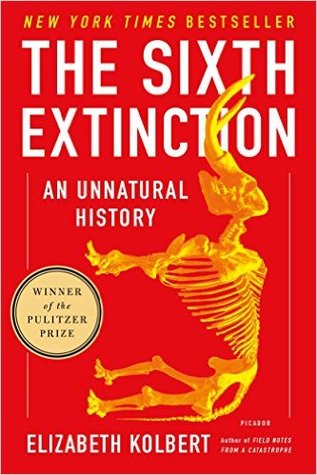More on this book
Community
Kindle Notes & Highlights
Today, amphibians enjoy the dubious distinction of being the world’s most endangered class of animals; it’s been calculated that the group’s extinction rate could be as much as forty-five thousand times higher than the background rate. But extinction rates among many other groups are approaching amphibian levels. It is estimated that one-third of all reef-building corals, a third of all freshwater mollusks, a third of sharks and rays, a quarter of all mammals, a fifth of all reptiles, and a sixth of all birds are headed toward oblivion.
Extinction may be the first scientific idea that kids today have to grapple with. One-year-olds are given toy dinosaurs to play with, and two-year-olds understand, in a vague sort of way at least, that these small plastic creatures represent very large animals.
Extinction finally emerged as a concept, probably not coincidentally, in revolutionary France.
In general, the more that’s been learned about the K-T boundary, the more wrongheaded Lyell’s reading of the fossil record appears. The problem with the record is not that slow extinctions appear abrupt. It’s that even abrupt extinctions are likely to look protracted.
Everything (and everyone) alive today is descended from an organism that somehow survived the impact. But it does not follow from this that they (or we) are any better adapted. In times of extreme stress, the whole concept of fitness, at least in a Darwinian sense, loses its meaning: how could a creature be adapted, either well or ill, for conditions it has never before encountered in its entire evolutionary history?
One of the defining features of the Anthropocene is that the world is changing in ways that compel species to move, and another is that it’s changing in ways that create barriers—roads, clear-cuts, cities—that prevent them from doing so.
Though it might be nice to imagine there once was a time when man lived in harmony with nature, it’s not clear that he ever really did.
With the capacity to represent the world in signs and symbols comes the capacity to change it, which, as it happens, is also the capacity to destroy it. A tiny set of genetic variations divides us from the Neanderthals, but that has made all the difference.


